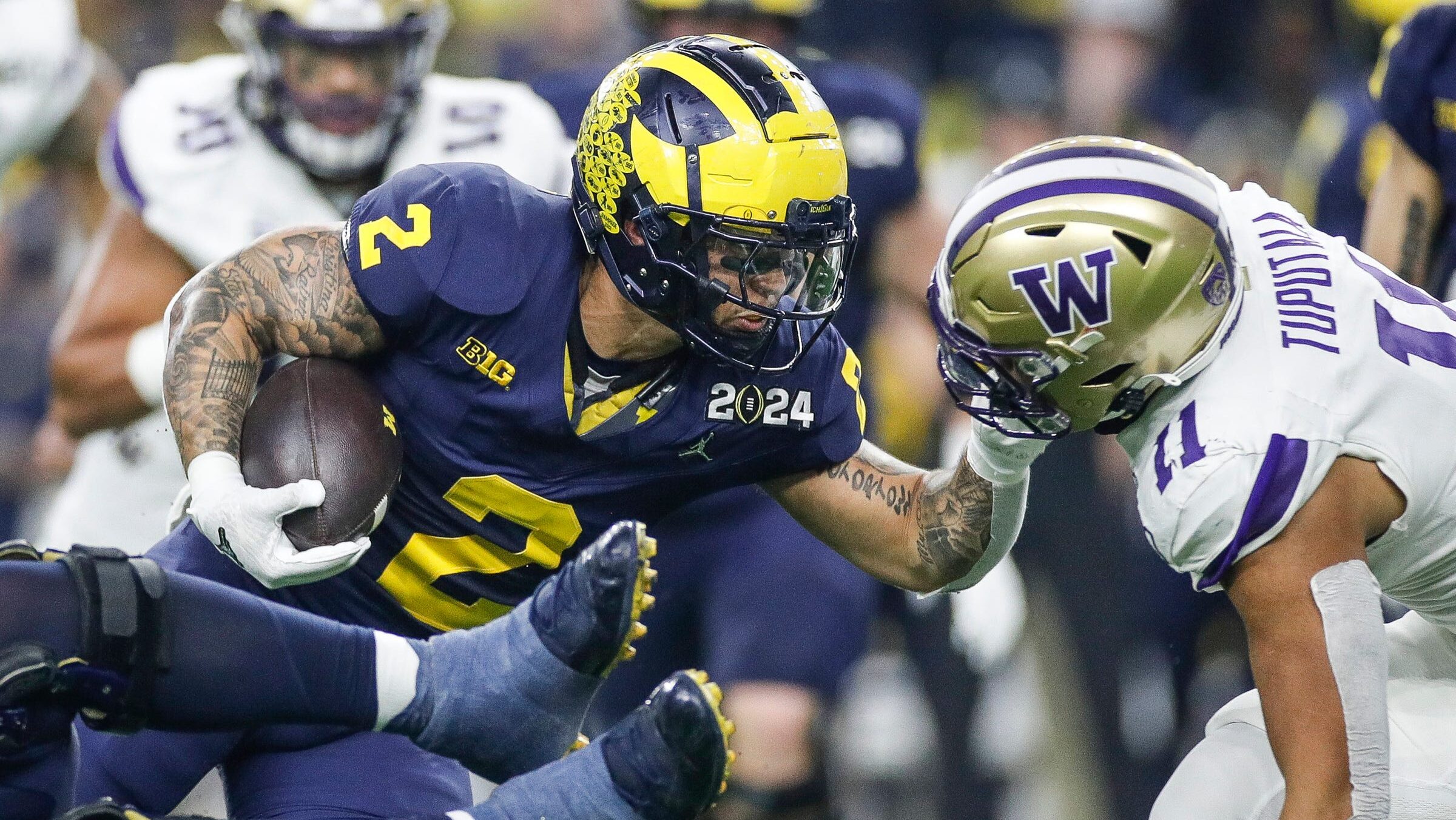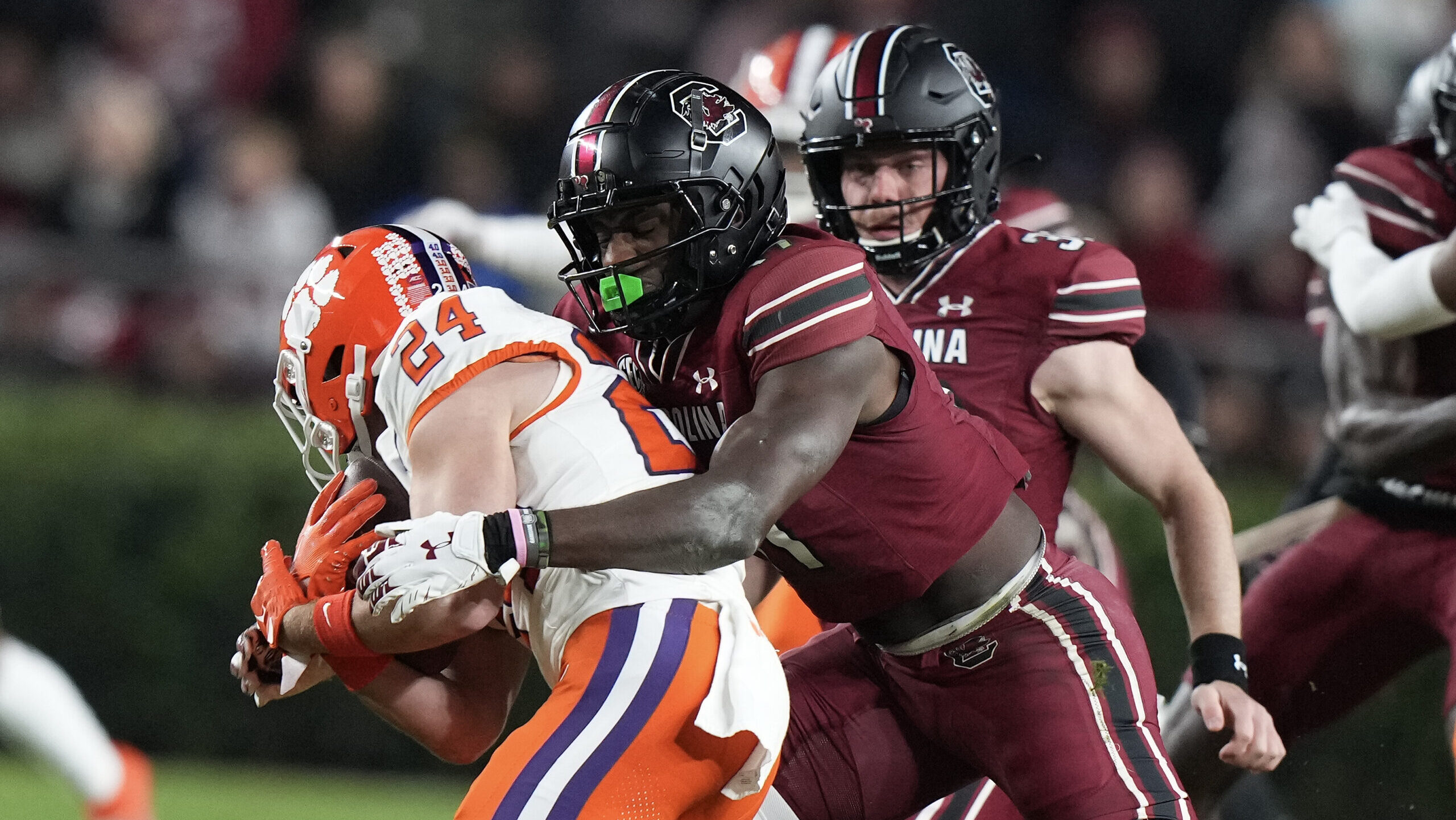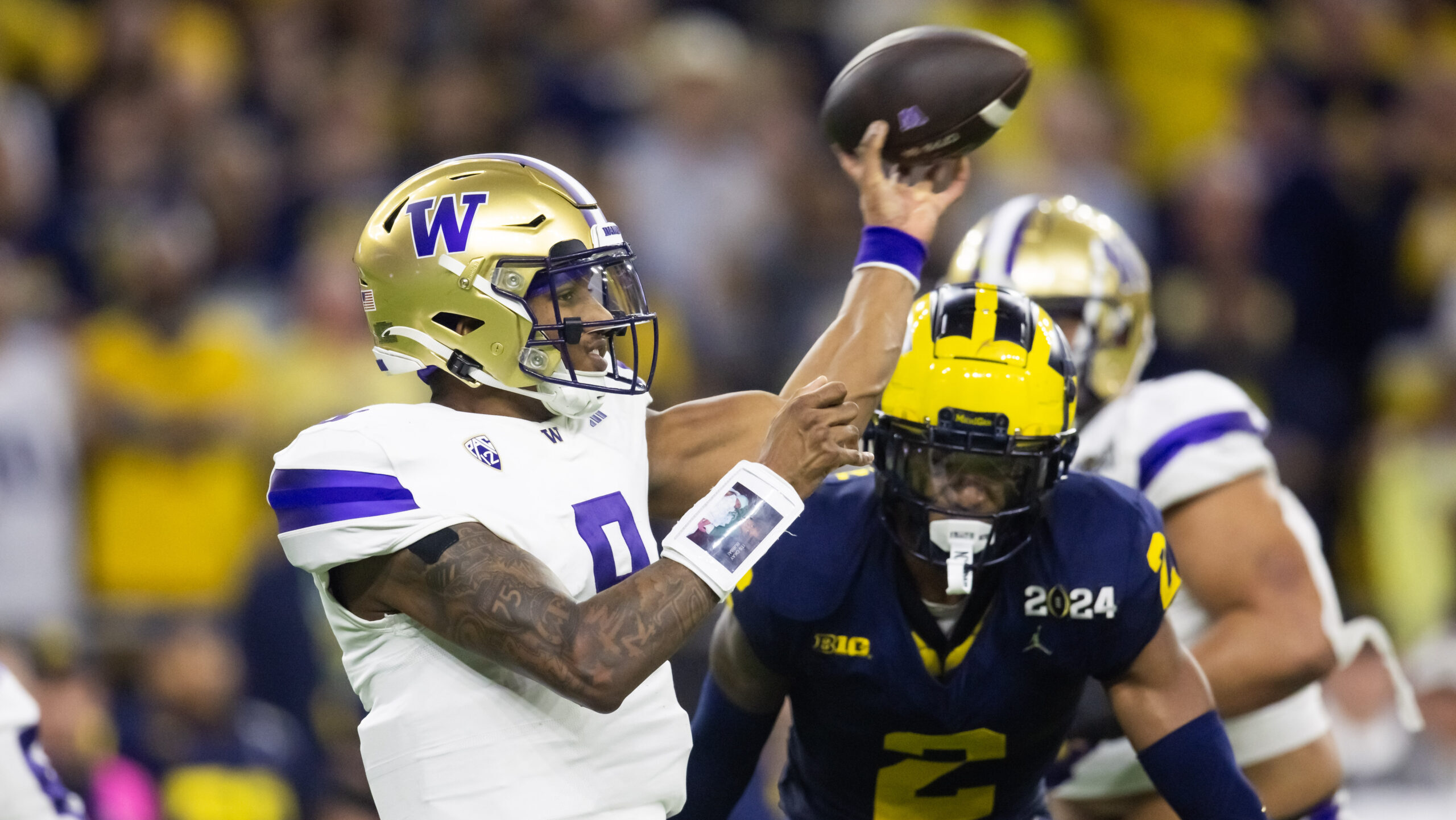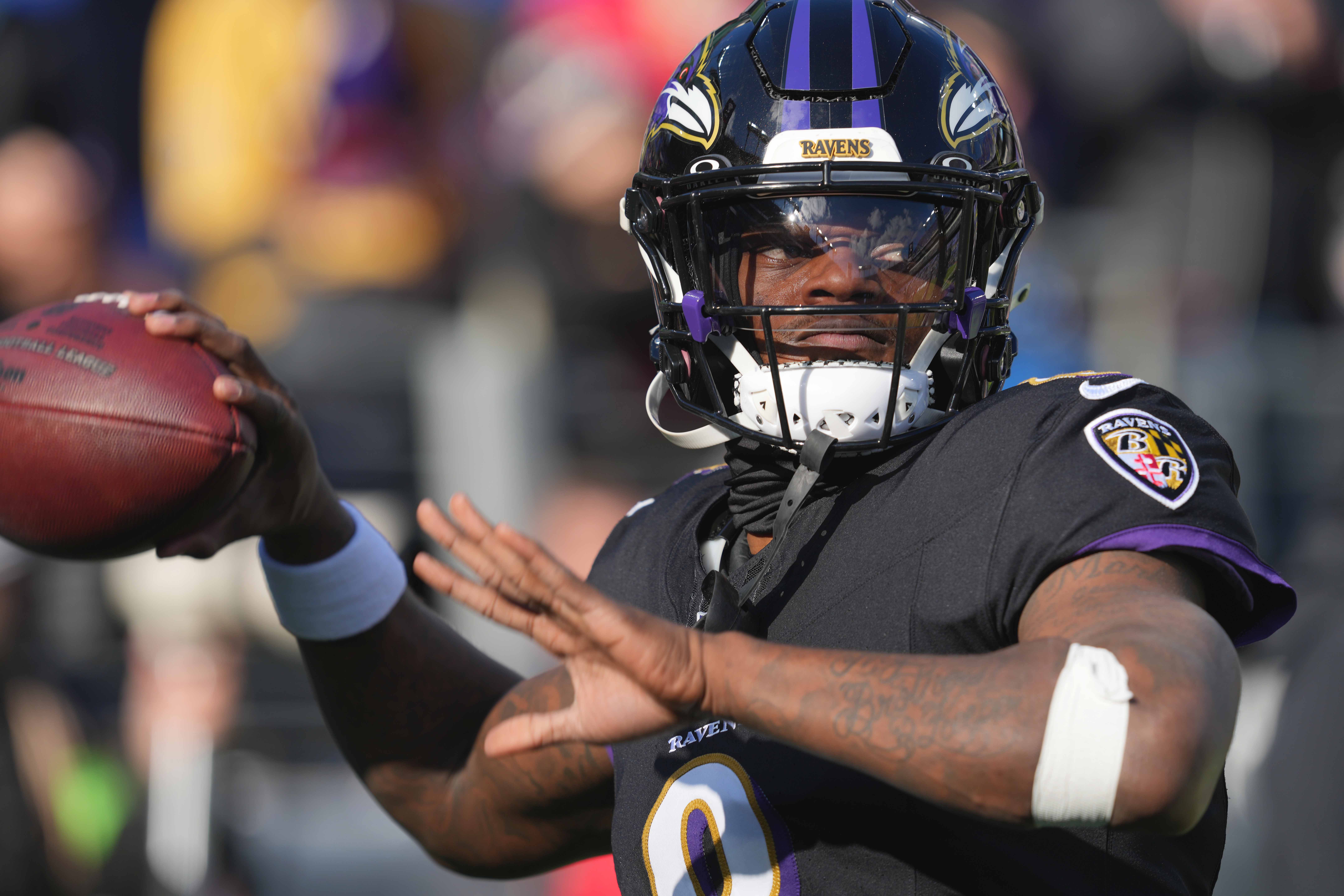Analysis
10/18/23
4 min read
Fantasy Impact of Anthony Richardson’s Season-Ending Injury
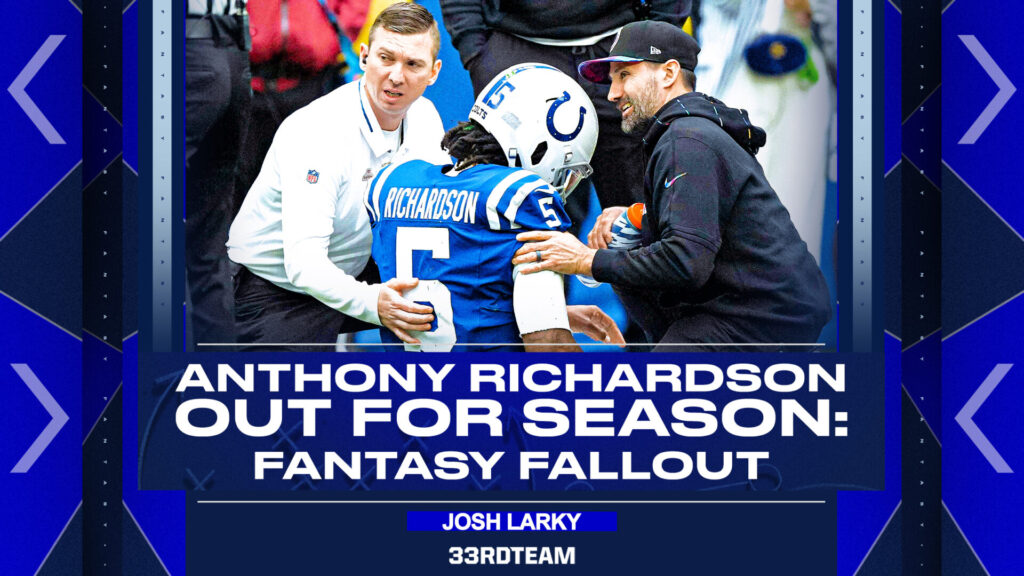
Anthony Richardson will undergo season-ending shoulder surgery, Indianapolis Colts owner Jim Irsay announced Wednesday, 10 days after Richardson suffered a severe AC joint sprain against the Tennessee Titans.
Below, you’ll find the fantasy football impact of Richardson’s injury.
For more help with individual start-sits, trade questions, and general fantasy advice, make sure to join our FREE Discord.
What Anthony Richardson’s Injury Means for Fantasy
Gardner Minshew’s Rest-of-Season Outlook
Gardner Minshew should remain the Colts’ starter for the remainder of the season. While he’s one of the NFL’s better backup quarterbacks, he’s a below-average starter.
In years past, when he would spot-start, Minshew had been an interesting fantasy option because of his sneaky mobility — he had 22 rushing yards per game over his first two seasons. However, he’s totaled just six carries for eight yards in 2023; for context, he’s thrown the ball 138 times already, roughly 20-25 percent of an NFL season.
Minshew is nothing more than a streaming option in the right matchup. There are only three weeks in the rest of season where he should be streaming-viable:
- Week 9 at Carolina
- Week 13 at Tennessee
- Week 17 vs. Las Vegas
All other weeks, Minshew should not be counted on for fantasy points.
The Colts’ Running Back Room
While the Colts offense’s overall touchdown upside comes down with Minshew under center instead of Richardson, the quarterback switch should be a welcome move for RBs Jonathan Taylor and Zack Moss.
Taylor was eased into Week 5 action with only 10 snaps to Moss’ 49. In Week 6, the split became closer, with Moss handling 37 snaps to Taylor’s 32. Moving forward, I’d expect Taylor to handle 65-75 percent of the rushing workload, with Moss mixing in as more of a high-volume breather back. Moss has played well enough to continue to earn touches, but I’d expect around 20 touches for Taylor and eight to 10 touches for Moss to become the preferred split within the next two weeks.
Because Minshew isn’t a historic athlete at the position like Richardson is, Minshew should be much friendlier to the running backs in the passing game. Taylor especially has very promising early metrics when on the field with Minshew. The running back has been targeted seven times on 25 of Minshew’s dropbacks, a rate of 28 percent. Only seven running backs with 100 snaps this year have a higher figure. Taylor has potential for a top-three fantasy role once he’s fully healthy and separates from Moss.
Moss should remain on the RB2/FLEX radar the next couple weeks before settling in as a premium handcuff. Should Taylor get re-injured, Moss would jump right back into a weekly fantasy RB1 role.
To see where Taylor, Moss and the other players in this article rank over the rest of the fantasy football season, check out our Rest of Season Rankings and Trade Value Chart, which comes with a FREE, downloadable color-coded PDF to help you make trades on the go.
Indianapolis’ Starting Receivers
Richardson played about 2.7 full games this year — despite appearing in four because he left two games early due to injury. He totaled 84 pass attempts, which translates to around 31 per game, slightly under the league average. Minshew has appeared in about 3.3 full games this season, with 138 attempts — his 42 attempts per game are skewed by his 55 in Week 6, but even when we remove that game, he’s still averaging 36 attempts per game.
The switch from Richardson to Minshew probably injects half a dozen additional pass attempts per game most weeks, with the occasional ceiling week like last week, where he flirts with 50 passes.
Michael Pittman Jr. receives the biggest boost; he currently owns a 29 percent target share when Minshew is under center. Pittman Jr. has 53.4 PPR fantasy points with Minshew, and if we divide that by Minshew’s 3.3 full games, we hit 16 fantasy points, a borderline fantasy-WR1-type.
The other interesting Colts receiver is third-round rookie Josh Downs. He owns a 21 percent target share with Minshew, and second-year receiver Alec Pierce recently suffered a shoulder injury, so Downs’ role could grow further. Downs is seeing targets 50 percent closer to the line of scrimmage than Pittman Jr. is, so even though Downs is a speedster, he probably needs more volume than Pittman to produce similar fantasy results.
Pittman has averaged 9.8 yards per reception with Minshew, while Downs is only at 7.9 yards per catch. Downs can be started every week as a high-floor WR3/WR4 type, but there would need to be an injury to Pittman Jr. for Downs to have difference-making fantasy usage.
Follow The 33rd Team Podcast Network on Spotify and Apple Podcasts.


